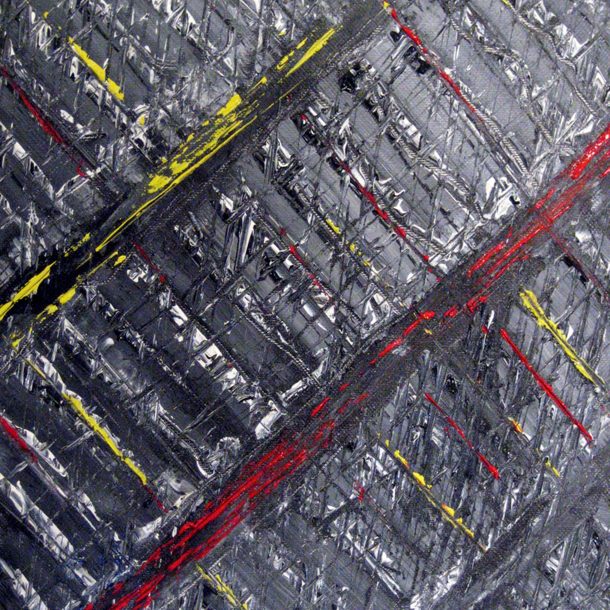
In Praise of Shadow Food_
It has been said of Japanese food that it is a cuisine to be looked at rather than eaten. I would go further and say that it is to be meditated upon, a kind of silent music evoked by the combination of lacquerware and the light of a candle flickering in the dark.
In the cuisine of any country efforts no doubt are made to have the foodharmonize with tableware and the walls; but with Japanese food, a brightly lighted room and shining tableware cut the appetite in half. The
dark miso soup that we eat every morning is one dish from the dimly lit houses of the past. I was once invited to a tea ceremony where miso was served: and when I saw the muddy, claylike color, quiet in a black
lacquer bow I beneath the faint light of candle, this soup I usually take without a second thought seemed somehow to acquire a real depth, and to become infinitely more appetizing as well.
有人說日本料理是用來欣賞的,而不是用來吃的。但我想更進一步說,它是一種值得沉思的藝術,一種無聲的樂曲,由漆器與燭光在黑暗中閃爍交織而成。
任何國家的料理,無疑都會講究食物與餐具、牆面的和諧搭配。然而,對於日本料理來說,明亮的房間與閃閃發光的餐具,反而會削減一半的食慾。我們每天早晨喝的深色味噌湯,正是來自過去那些幽暗房屋中的一道料理。
有一次,我受邀參加一場茶道儀式,席間端上了一碗味噌湯。當我看到那帶著泥土般渾濁色澤的湯靜靜地盛在黑色漆碗中,在微弱的燭光下閃爍時,這道我平時習以為常的湯竟似乎擁有了深邃的層次,變得無比誘人,讓人食慾大增。




